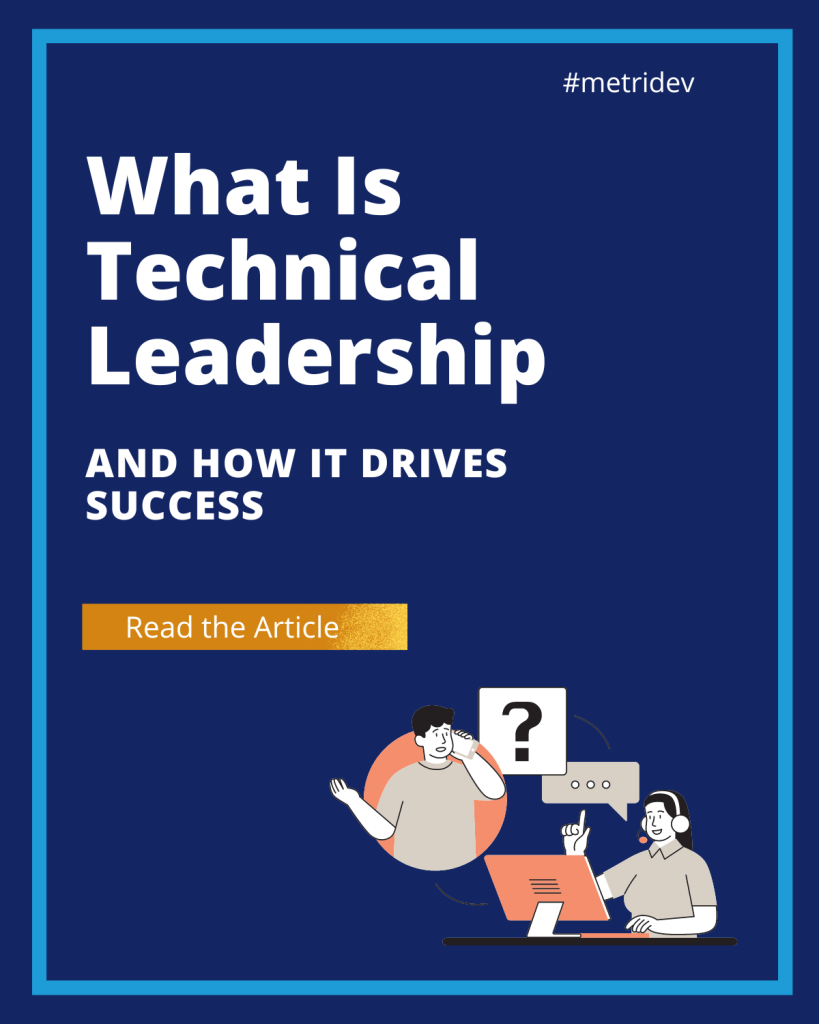Introduction
In the rapidly evolving world of software development, the concepts of Continuous Deployment vs Continuous Delivery have gained significant traction. These two approaches, while related, have distinct characteristics and implications for organizations seeking to streamline their software delivery processes. This article delves into the nuances of Continuous Deployment and Continuous Delivery, exploring their benefits, challenges, and the key differences that organizations must consider when choosing the right approach for their needs.
What is Continuous Delivery vs Continuous Deployment?
Continuous Deployment is a software engineering practice where code changes are automatically built, tested, and deployed to production without manual intervention. In this approach, every commit that passes the automated testing phase is automatically deployed to the production environment. It makes the software continuously available to users.
On the other hand, Continuous Delivery is a software engineering practice where code changes are automatically built, tested, and prepared for a release to production. However, the final decision to deploy to production is made manually. It allows for more control and oversight over the release process.
Understanding Continuous Deployment
Continuous Deployment is the most advanced form of the Continuous Integration (CI) and Continuous Deployment (CD) pipeline. In this approach, the entire software delivery process is automated, from building and testing the code to deploying it to the production environment.
The benefits of Continuous Deployment
- Faster Time-to-Market: By automating the deployment process, organizations can release new features and updates to users more quickly. These allow them to stay ahead of the competition and respond to market demands.
- Reduced Manual Effort: Continuous Deployment eliminates the need for manual deployment tasks. This results in freeing up developers and operations teams to focus on more strategic initiatives.
- Improved Quality: Automated testing and deployment processes help to ensure that only high-quality code is released. This way it reduces the risk of bugs and errors in production.
- Increased Deployment Frequency: With Continuous Deployment, organizations can deploy changes to production multiple times a day. It enables them to quickly iterate and respond to user feedback.
Challenges and considerations of Continuous Deployment
- Risk of Deployment Failures: While Continuous Deployment can improve overall quality, there is a higher risk of deployment failures. This can have a more immediate impact on the production environment.
- Complexity of Rollbacks: In the event of a deployment failure, rolling back to a previous version can be more complex and time-consuming in a Continuous Deployment environment.
- Organizational Readiness: Implementing Continuous Deployment requires a high level of maturity in an organization’s software development and operations processes. As well as a strong culture of collaboration and trust.
- Regulatory and Compliance Concerns: Certain industries, such as finance or healthcare, may have strict regulatory requirements. This can make Continuous Deployment more challenging to implement.

Introduction to Continuous Delivery
Continuous Delivery is a software engineering practice that builds upon the principles of Continuous Integration. In this approach, the software is always in a deployable state, but the final decision to deploy to production is made manually, allowing for more control and oversight over the release process.
The benefits of Continuous Delivery
- Reduced Risk: By maintaining a manual approval process for deployments, Continuous Delivery allows organizations to have more control over the release process. And also to reduce the risk of deployment failures.
- Improved Visibility and Transparency: The manual approval process in Continuous Delivery provides greater visibility into the deployment process. This allows stakeholders to review and approve changes before they are released to production.
- Flexibility and Adaptability: Continuous Delivery offers more flexibility in terms of deployment schedules. Moreover, it has the ability to adapt to changing business requirements or market conditions.
- Easier Rollbacks: In the event of a deployment issue, rolling back to a previous version is generally simpler in a Continuous Delivery environment. The manual approval process allows for more control over the deployment process.
Challenges and considerations of Continuous Delivery
- Slower Time-to-Market: The manual approval process in Continuous Delivery can slow down the deployment process. Thus, it can potentially result in longer lead times for new features and updates.
- Increased Coordination and Communication: Continuous Delivery requires more coordination and communication between development and other stakeholders. This is to ensure the manual approval process is efficient and effective.
- Potential for Human Error: While Continuous Delivery reduces the risk of deployment failures, the manual approval process introduces the possibility of human error. This can still impact the production environment.
- Organizational Maturity: Implementing Continuous Delivery requires a certain level of organizational maturity in terms of software development processes, testing, and collaboration between teams.
What is the difference between continuous deployment and continuous delivery?
The primary difference between Continuous Deployment vs Continuous Delivery lies in the level of automation and control over the deployment process.
Continuous Deployment automates the entire deployment process, automatically deploying every successful build to the production environment. This approach prioritizes speed and efficiency, but it also carries a higher risk of deployment failures. On the other hand, Continuous Delivery maintains a manual approval process for deployments. Even though the software is always in a deployable state. This approach offers more control and oversight over the release process. It reduces the risk of deployment failures, but it may result in slower time-to-market.
Choosing the right approach for your organization
When deciding between Continuous Deployment vs Continuous Delivery, organizations should carefully consider their specific needs, constraints, and the level of maturity in their software development and operations processes.
Organizations fostering collaboration, extensive testing automation, and risk acceptance may favor Continuous Deployment. On the other hand, organizations with strict regulatory requirements, a lower tolerance for deployment failures, or a need for more control over the release process may benefit more from Continuous Delivery.
Is CI/CD different from DevOps?
While Continuous Integration (CI) and Continuous Deployment (CD) are closely related to the principles of DevOps, they are not the same thing. DevOps is a broader cultural and organizational approach that emphasizes collaboration, communication, and automation across the entire software delivery lifecycle, from development to operations.
CI/CD practices and tools enable automating the software build, test, and deployment processes, which are essential components of a successful DevOps implementation. However, DevOps encompasses a wider range of practices, including infrastructure as code, monitoring and observability, and incident response, among others.
Best practices for implementing Continuous Deployment or Continuous Delivery
To ensure successful implementation of Continuous Deployment or Continuous Delivery, start by investing in automated testing. Make sure your organization has a robust suite of automated tests to validate software quality before deployment. Next, establish clear deployment workflows by defining well-documented processes, including approval procedures, rollback plans, and incident response strategies. Additionally, implement comprehensive monitoring and observability tools. This is to track the health and performance of your applications in production, allowing for quick identification and resolution of issues. Moreover, foster a culture of collaboration and trust between development, operations, and other stakeholders. Finally, continuously improve and iterate by regularly reviewing and optimizing your processes. Moreover, incorporate feedback and lessons learned to drive ongoing enhancement.
Tools and technologies for Continuous Deployment and Continuous Delivery
There are a wide range of tools and technologies that can be used to implement Continuous Deployment and Continuous Delivery, including:
- Continuous Integration (CI) Tools: Jenkins, Travis CI, CircleCI, GitHub Actions
- Container and Orchestration Platforms: Docker, Kubernetes, OpenShift
- Infrastructure as Code (IaC) Tools: Terraform, Ansible, CloudFormation
- Deployment Automation Tools: Spinnaker, Argo CD, Flux
- Monitoring and Observability Tools: Prometheus, Grafana, Elasticsearch, Kibana
- Version Control Systems: Git, GitHub, GitLab, Bitbucket
The choice of tools and technologies will depend on the specific requirements and constraints of your organization, as well as the level of maturity and expertise within your software development and operations teams.
Conclusion
In the fast-paced world of software development, Continuous Deployment vs Continuous Delivery have emerged as two distinct yet complementary approaches to streamlining the software delivery process. While Continuous Deployment offers the benefits of faster time-to-market and increased deployment frequency, Continuous Delivery provides more control and oversight over the release process, reducing the risk of deployment failures.
Ultimately, the choice between Continuous Deployment and Continuous Delivery will depend on the specific needs. Additionally, on the constraints, and level of maturity within your organization. By understanding the nuances of these approaches and implementing best practices, organizations can unlock the full potential of their software delivery processes and stay ahead of the competition.
To learn more about how to implement Continuous Deployment or Continuous Delivery in your organization, read our article Continuous Deployment: Streamlining Software Development.










Leave a Reply